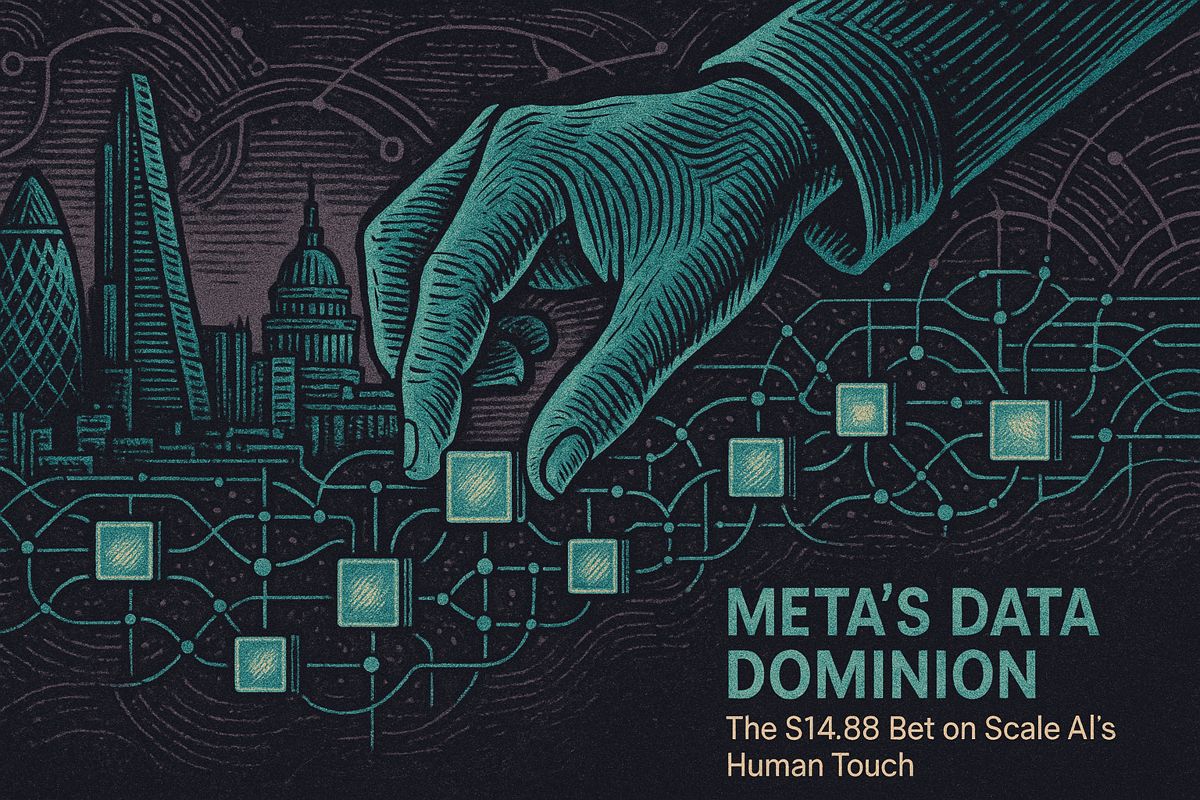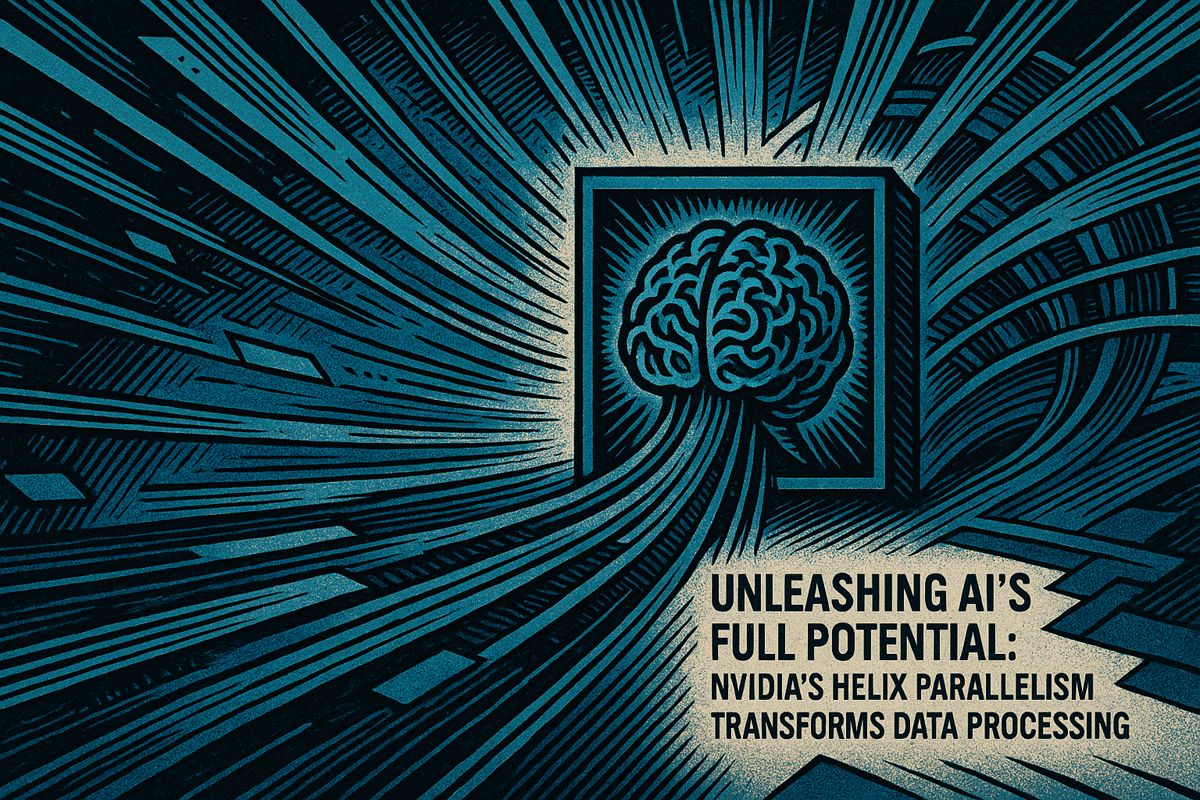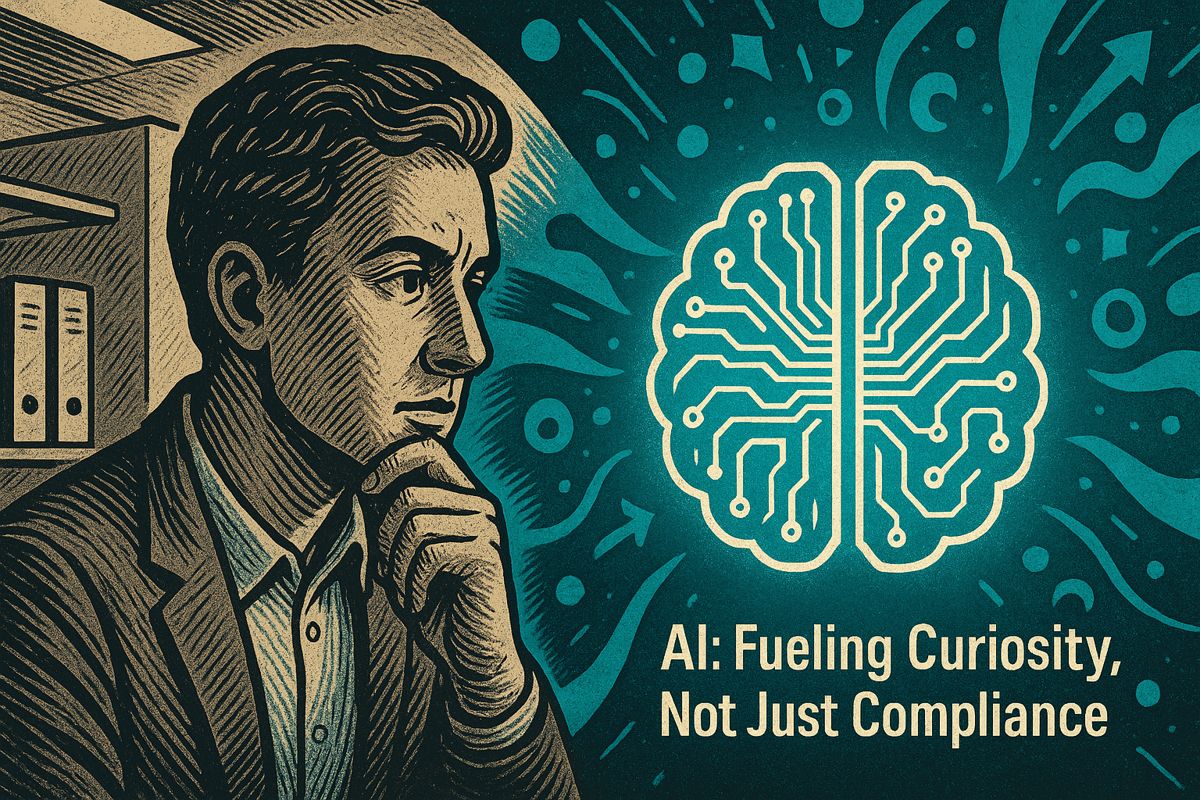To grow generative AI in companies by 2025, businesses need to focus on real business results, not just the latest tech. They should set up strong teams and rules to manage AI safely and wisely. Solving data and tech problems early, and helping workers feel supported and involved, are key. Quick wins and clear goals help everyone see progress and keep moving forward. It’s not just about having powerful computers – it’s about smart choices and teamwork.
How can enterprises successfully scale generative AI in 2025?
To scale generative AI in 2025, enterprises must anchor projects in business value, build robust AI Centers of Excellence and governance committees, address data and infrastructure challenges early, lead human-centered change, and take quick, measurable actions to ensure sustainable growth and adoption.
Beyond the Pilot: How Global Enterprises Are Scaling Generative AI in 2025
Only 1 percent of executives describe their Gen-AI programmes as “mature” in McKinsey’s latest global survey. Yet the companies now pulling ahead share a common playbook that combines disciplined governance with culture-first leadership. Below is a field guide distilled from 2025’s most successful roll-outs, including Allegis Group, EY and JPMorgan Chase.
1. Anchor with Business Value, Not Technology
| Starting Point | Fast Followers | Leaders (2025) |
|---|---|---|
| Pilot an LLM chatbot | 3–4 pilots, no KPIs | Single use case with ROl measured in 90 days |
| Tech-led teams | Mixed skill gaps | Cross-functional squad scored for business outcome, not model accuracy |
| No data owner | Fragmented data | Data product owner assigned before model selection |
2. Build the Two Critical Org Structures
- AI Center of Excellence (CoE) – acts as internal consulting arm
- Uses a six-step framework: vision → sponsorship → use-case scoring → data platform → skills → metrics.
-
AWS, Oracle and Ideas2IT each publish 2025 checklists confirming higher reuse rates when CoE owns common MLOps tooling.
-
Model Governance Committee – legal, risk and business stakeholders
- Meets fortnightly; every model has an owner , risk tier and sunset date.
- Where absent, pilots stay stranded; where present, scale-up velocity doubles (McKinsey State of AI 2025).
3. Solve the Scaling Pain Points Early
| Pain Point | 2025 Reality Check | Proven Fix |
|---|---|---|
| Data quality is “good enough” | #1 reason models derail at scale | Synthetic data pipelines + central data lake cut error rates 38 % (IBM case study) |
| Infrastructure limits GPU usage | Memory bandwidth bottlenecks throughput | High-throughput parallel storage (IBM Storage Scale shown to lift utilisation 25 %) |
| Workforce fears replacement | 3× more likely to adopt when leadership offers role redesign | EY’s “Tax Research Agent” freed 20 + hours/week, upskilled analysts to strategic advisory |
| Siloed pilots | 60 % never leave division | Mandatory reuse score in CoE gate review |
4. Lead with Human-Centered Change
- Allegis Group replaced 30 % of recruiter admin tasks with Gen-AI, then invested the saved hours in upskilling – retention rose 12 %.
- JPMorgan’s COiN platform maintains human oversight on every AI-generated investment memo; analysts report higher job satisfaction.
- Workplace Intelligence (Mar 2025) found employees are twice as likely to champion AI when leaders communicate how roles evolve, not just what the tech does.
5. Four Fast Actions for Q4 2025
- Pick one metric: revenue per employee, customer NPS or cost per case.
- Staff a two-pizza squad (6–8 people) with authority to requisition data.
- Publish a 90-day scorecard visible to the C-suite.
- Sunset clause: every model expires unless re-certified by governance committee.
Scaling generative AI in 2025 is less about faster GPUs and more about faster decisions on people, data and governance.
How can enterprises ensure they don’t stall after the first few generative AI pilots?
The hard truth: only 1 % of executives describe their 2025 gen-AI roll-out as “mature” (McKinsey 2025 survey). Most programs collapse not because the models fail, but because business and technical tracks drift apart.
Three guardrails have emerged:
- Lock KPIs before writing code – define revenue, cost, or customer-experience metrics up front and review them monthly.
- Embed governance in the platform – leading firms route every model through a model governance committee that includes legal, risk, and business leads (AWS CoE guide).
- Create a reusable foundation – instead of one-off pilots, invest in shared data lakes, MLOps pipelines, and feature stores so the 5th use case costs 70 % less than the 1st.
What does “human-centered leadership” look like in day-to-day practice?
Case snapshot – Allegis Group automated resume screening and freed recruiters for relationship work. The trick: they ran change-management workshops before the tech went live, re-writing job descriptions and retraining staff (Google Cloud casebook).
Daily habits that scale:
- 15-minute stand-ups where frontline users flag edge-cases to data scientists.
- “Shadow mode” releases – models run silently next to humans for 2-4 weeks, building trust with side-by-side accuracy dashboards.
- Skill sprints – 2-week micro-courses that turn analysts into prompt engineers; McKinsey found employees are 3× more likely to keep using AI when they receive this level of support.
Which early warning signs indicate a generative AI program is heading for “transformation collapse”?
Watch for silent misalignment signals:
- KPI drift: business targets shift every quarter while tech metrics stay static.
- Shadow IT spike: developers bypass central platforms, creating 20-plus duplicate chatbots.
- Data requests slow down: when data scientists wait >10 days for fresh datasets, model freshness drops and hallucination rates rise.
A quarterly “health check” survey sent to 50 random end-users surfaces these issues 6-8 weeks before they show up in board reports (StackAI 2025 study).
How do you structure an AI Center of Excellence that actually speeds delivery instead of adding red tape?
High-performance AI CoEs in 2025 use a “minimum viable center” model:
| Function | Who owns it | Cadence | Tooling |
|---|---|---|---|
| Use-case pipeline | Business unit product owners | Monthly prioritization | Shared scoring sheet |
| Model governance | Cross-functional 6-person committee | Bi-weekly reviews | Centralized registry (Oracle CoE checklist) |
| Data quality | Data stewards + embedded analysts | Daily SLAs | Automated tests |
This keeps approval time under 48 hours for low-risk models while still catching high-risk scenarios.
What new roles should enterprises budget for when moving from pilot to scale?
2025 talent reality check:
- AI Product Manager – 35 % salary premium over traditional PMs; owns KPI definition and stakeholder translation.
- Prompt Engineer / AI Interaction Designer – median U.S. salary \$165 k; bridges UX and LLM tuning.
- Model Risk Analyst – ensures governance compliance; banks are hiring at \$140 k base.
Budget rule of thumb: for every \$1 m spent on compute, allocate \$250 k for hybrid talent and change management to avoid the 60 % failure rate seen in under-staffed roll-outs (GetDX 2025 report).



















